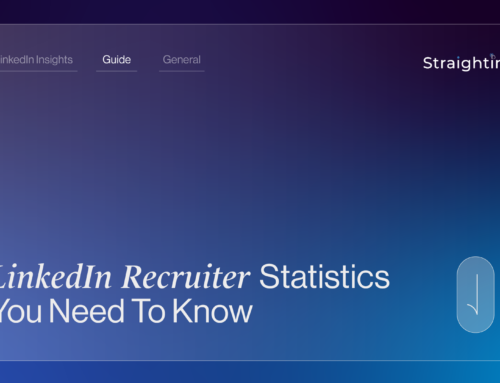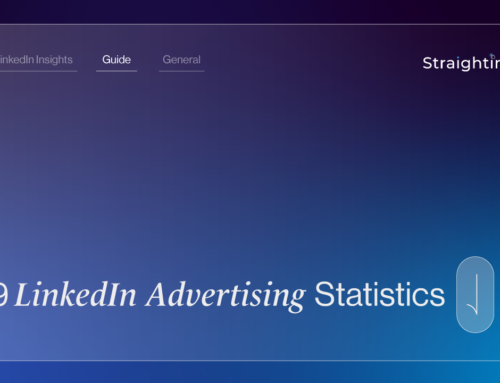In today’s digital marketing landscape, maximising the performance of advertising campaigns is crucial for business growth. A/B testing, or split testing, has emerged as a powerful technique to optimise campaign effectiveness. In this article, we discuss the significance of A/B testing for LinkedIn Ads and highlight best practices to drive better results. By adopting these strategies, businesses can refine their ad targeting, messaging, and creative elements to enhance conversion rates and ultimately achieve greater success with LinkedIn Ads!
Why A/B Testing Matters
A/B testing is the process of comparing two or more variations of an element to determine which performs better. When applied to LinkedIn Ads, this technique allows advertisers to make data-driven decisions based on real-time user responses. Here’s why A/B testing matters:
Improved Conversion Rates: Split testing helps identify high-performing ad variations, enabling advertisers to focus on those that generate more clicks, leads, or conversions.
Enhanced Ad Performance: Testing different targeting options, ad formats, headlines, visuals, and call-to-action (CTA) buttons can lead to better engagement and increased click-through rates (CTRs).
Cost Efficiency: By optimising ads through A/B testing, marketers can reduce wasteful ad spending by eliminating underperforming variations and investing more in what works.
Best Practices for Split Testing LinkedIn Ads
Define Clear Objectives and Hypotheses
Before starting an A/B test, establish specific goals for your LinkedIn Ads campaign. Identify the key performance indicators (KPIs) you want to improve, such as CTR, conversion rate, or cost per conversion. Formulate hypotheses about different elements you believe could impact those metrics, such as headline variations or ad formats.
Test One Element at a Time
To ensure accurate analysis and conclusive results, test only one variable at a time. For example, focus on testing different ad headlines while keeping other elements, such as visuals and CTAs, consistent. Isolating variables helps identify the precise impact of each element and allows for more informed decision-making.
Define Sample Sizes and Duration
Determine an appropriate sample size for your A/B test to ensure statistical significance. It should be large enough to yield reliable results but small enough to avoid wasting resources. Additionally, set a specific duration for the test to capture sufficient data while considering factors like seasonality and ad fatigue.
Split Your Audience Randomly
When conducting A/B tests, it is crucial to divide your audience randomly into distinct groups to minimise bias. LinkedIn Ads provides options to split your audience evenly between variations, ensuring fair comparisons.
Test Different Ad Formats and Visuals
Experiment with various ad formats and visual elements to find the most effective combination. Test carousel ads against single-image ads, video ads against static ads, or different image selections. Assess which formats and visuals resonate best with your target audience and align with your campaign goals.
Craft Compelling Headlines and Ad Copy
Create different headlines and ad copy variations to capture your audience’s attention. Test different messaging tones, value propositions, or calls-to-action to determine which combinations drive the highest engagement. Remember to keep the copy concise, clear, and aligned with your brand voice.
Monitor and Analyze Metrics
During the A/B testing phase, closely monitor key metrics such as CTR, conversion rate, and cost per conversion. Analyse the results regularly and compare the performance of different ad variations. Leverage LinkedIn’s campaign analytics tools or third-party software to gain insights and make informed decisions.
Based on the outcomes of your A/B tests, scale up the successful variations and iterate on the underperforming ones. Continuous testing and optimization are essential to maintaining a competitive edge and maximising the impact of your LinkedIn Ads campaigns.
Final round-up
A/B testing LinkedIn Ads enables marketers to unlock the full potential of their campaigns by understanding what resonates best with their target audience. By implementing best practices such as testing one element at a time, optimising ad formats, and analysing key metrics, businesses can achieve higher conversions and maximise their return on investment.
Find out more about LinkedIn Ads and how to optimise your LinkedIn campaigns by reaching out to us today!






